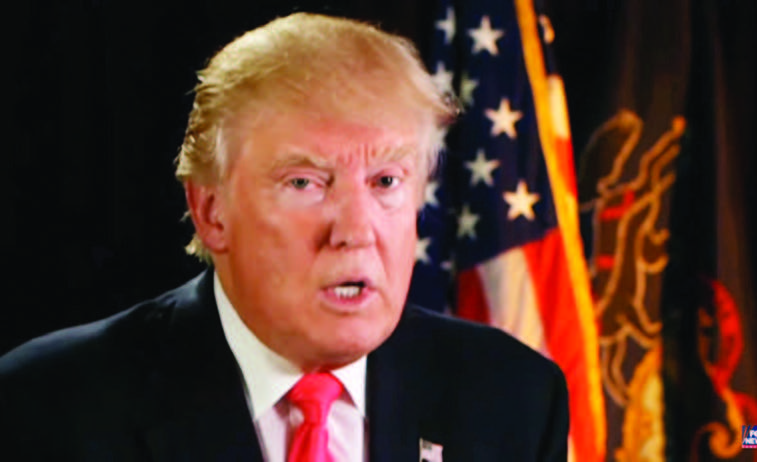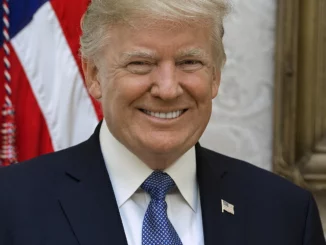
The immediate impact of demonetization was on the stock market and the Indian rupee. Futures of markets in the US lurked lower, unaware of what Trump presidency meant for existing global trade, security and financial structures that the US led the creation of post World War II. Indian Finance Minister assured television audience that check can be used in lieu of cash. This displayed the government’s alienation from the tribulations of ordinary citizens. Marie Antoinette, on the eve of French Revolution, had similarly opined that if people did not have bread they could eat cake. To illustrate, returning from television studios in Noida one encountered MCD’s minion rejecting a 500 rupee note from my taxi driver, who in turn would not part with his 100 rupees which he needed for lunch. Naturally, neither was willing to settle for a check.
First arises the question about the timing of demonetization. Pakistan has been pumping fake currency into India for years, but its extent has never been huge. It could be tackled by slowly replacing existing notes by those having higher security features. Also, doing it mid-week, followed by three banking holidays, precipitated the panic. Worse shall be the dislocation in rural economy, cash-based daily wage informal sector and taxes and tolls being collected under duress for public infrastructure, like the example above.
The whisper in television studios was that this second ‘surgical strike’ is the result of the benefits of the first dissipating due to the OROP fiasco after the suicide of Subedar Grewal. The looming Uttar Pradesh election gives the government boasting rights about curbing black money, besides at one stroke wrecking the money war chests of opposition parties. It seems the government did not anticipate Donald Trump‘s win and ensuing market turmoil, perhaps transient, multiplying the normal disruption that demonetization would cause. The double whammy’s effects will take some time to play out.
On the US presidential election, a day ago when asked by television anchor to guess the outcome, I hedged saying it was difficult to assess Trump’s success or failure as he was creating a new electoral alliance based not on traditional party lines but by dredging the economic fears and racial hatred of the white middle class. In his victory speech, he called them ‘the forgotten men and women’. Trump has won after an absolutely no-holds barred contest that was more about the personal failures and foibles of the two candidates than their policies. The director of the Federal Bureau of Investigation, having a Republican background, by his untimely intervention both broke Hillary Clinton‘s momentum and then gave her relief when the focus had shifted away from Trump’s sexual indiscretions or even misdemeanors.
What makes Trump appear a threat to existing geo-economic order is the sheer esoteric nature of his economic and foreign policy pronouncements during the campaign. A lot of them do not even square with the traditional policies of the Republican Party. For instance, he condemns all trade agreements, including the North American Free Trade Agreement (NAFTA), which has integrated the Mexican and Canadian economies with that of the US. On foreign policy, he has advocated a retreat from US ‘exceptionalism’ which has been the bedrock of the US world view that it was US’ mandate as the custodian of liberty and freedom to fix things abroad pursuing those ideals. Trump instead negates that by preaching ‘America first’.
Thus, the world awaits clarity on what part of his electioneering was noise and which is the core. His incessant praise of Russian President Vladimir Putin, hints of diminishing commitments to allies in Asia, like Japan and the Republic of Korea, and threatening to abandon the nuclear deal with Iran are troubling signs of erratic thinking, ill behoving the leader of the most powerful country of the world. In his victory speech, he did, in a phrase Americans use, walk back some of the rhetoric. He sought partnership and not confrontation with nations abroad and added that he would engage all nations that are ‘willing to get along with us’.
Interestingly, for the first time, a coalition emerged dubbing itself Hindu Americans for Trump. They invited him to a temple in New Jersey to a town largely inhabited by Indians of Gujarati origin. Is it a sign that PM Narendra Modi had unleashed a subtle outreach using the RSS and Gujarati links? If so, it is a welcome move. India will have to watch carefully how Trump spells out his outreach to East Asia, including China; Europe, including Russia; and West Asia, principally Iran. India and Pakistan would come lower on his list of priorities.
On the side of trade and economics, India has to monitor his policy on visas, taxing of companies that outsource and other protectionist steps that may have for India both challenges and opportunities. He may be a new entity, but Trump Incorporated has had real estate links in Mumbai and Pune. He is also at heart a transactional businessman whom India can cut a deal with as he carries little baggage of Cold War links to Pakistan. Crucial will be for PM Modi to quickly engage him to develop a chemistry and craft a shared vision for Asia of the future. President Barack Obama leaves many issues unsettled – India’s membership of the UN Security Council as permanent member, Nuclear Suppliers Group, etc. Trump has to be sold a vision of how the economies of India and US can grow better together than apart. The ‘Made in India’ will have to be redesigned as made in both.
(The author is a former Secretary, Ministry of External Affairs, Government of India)





Be the first to comment